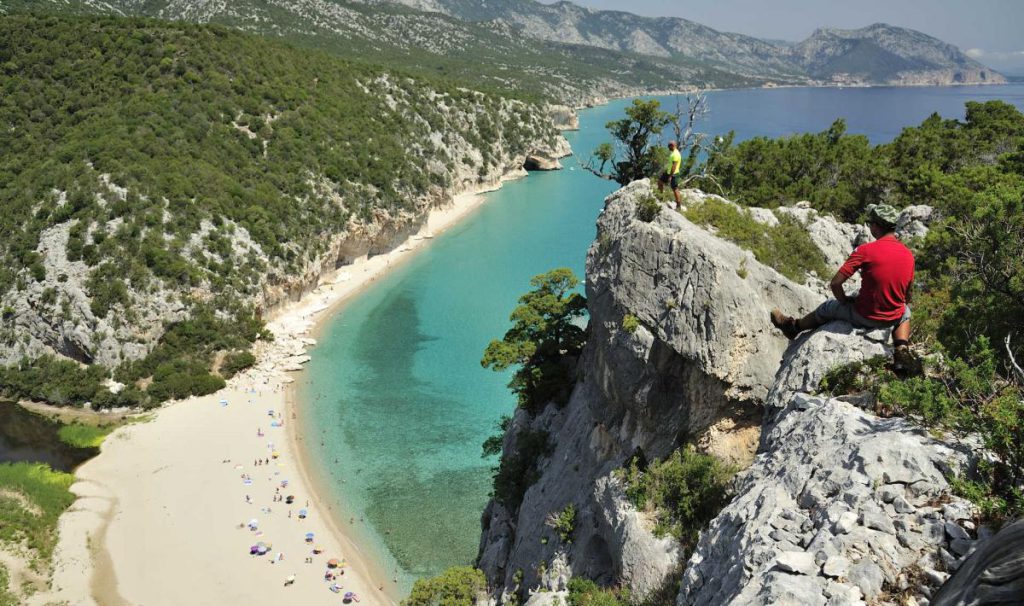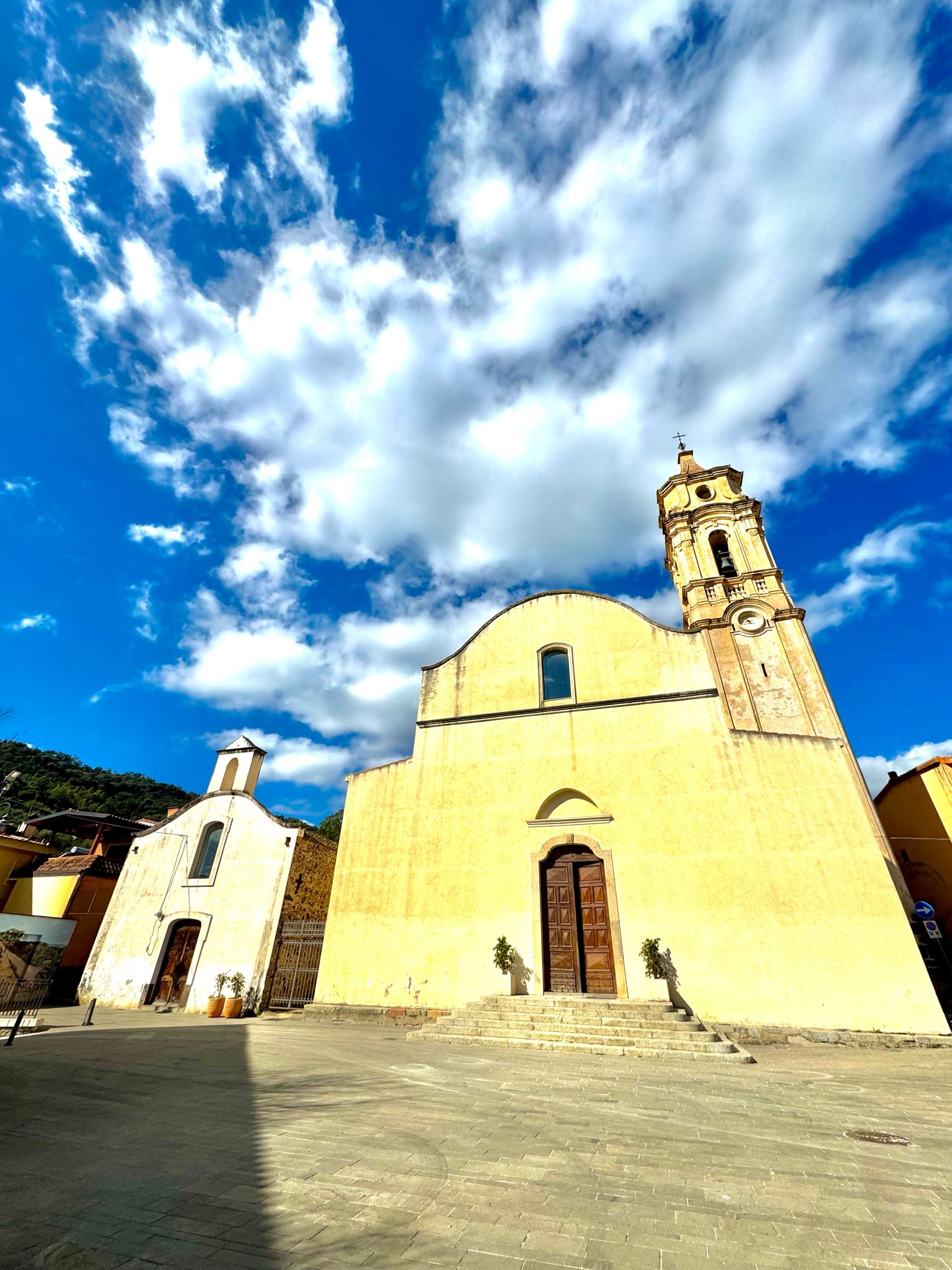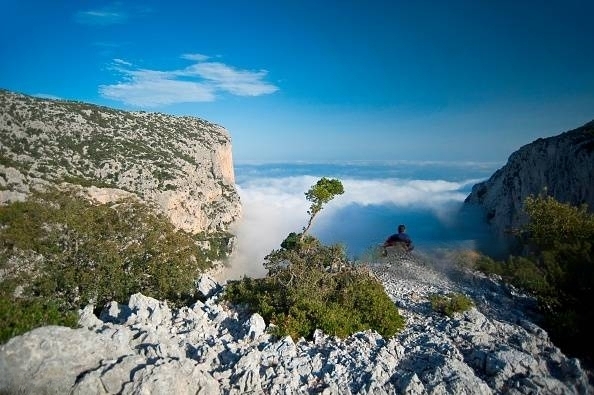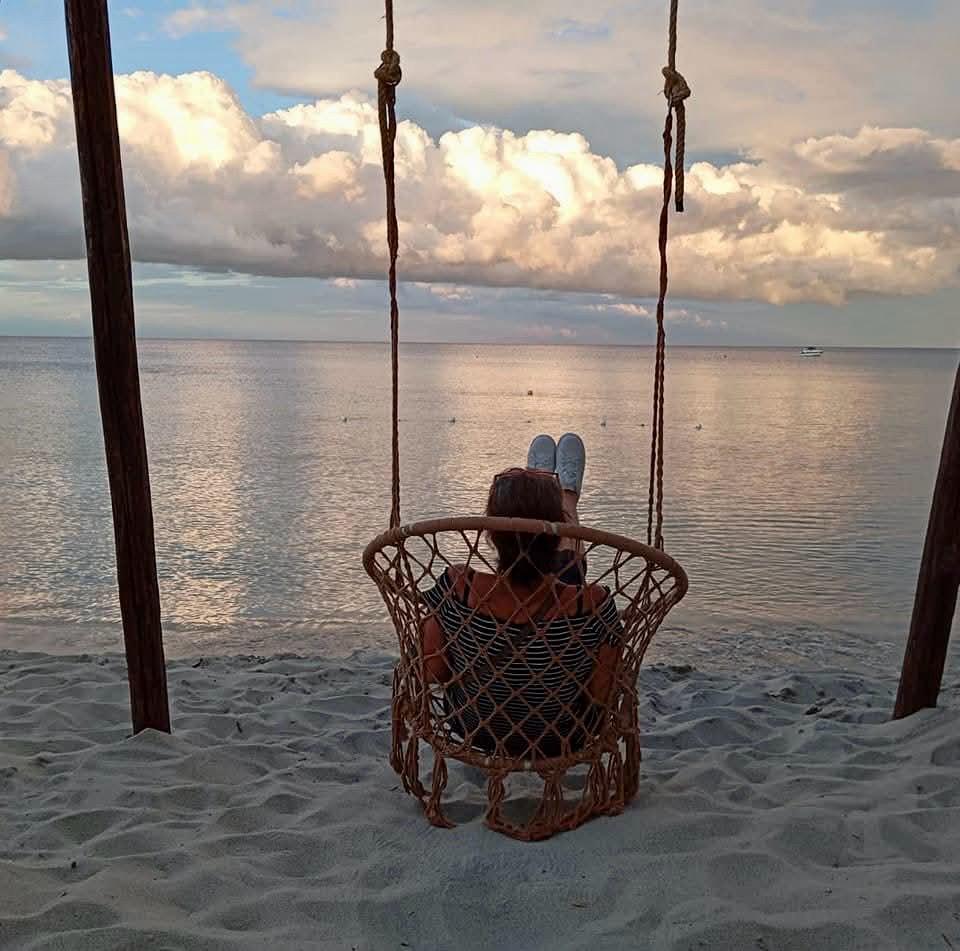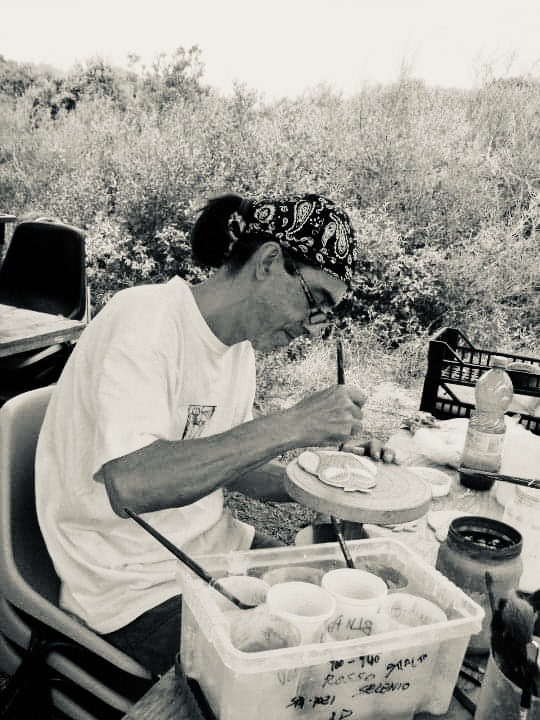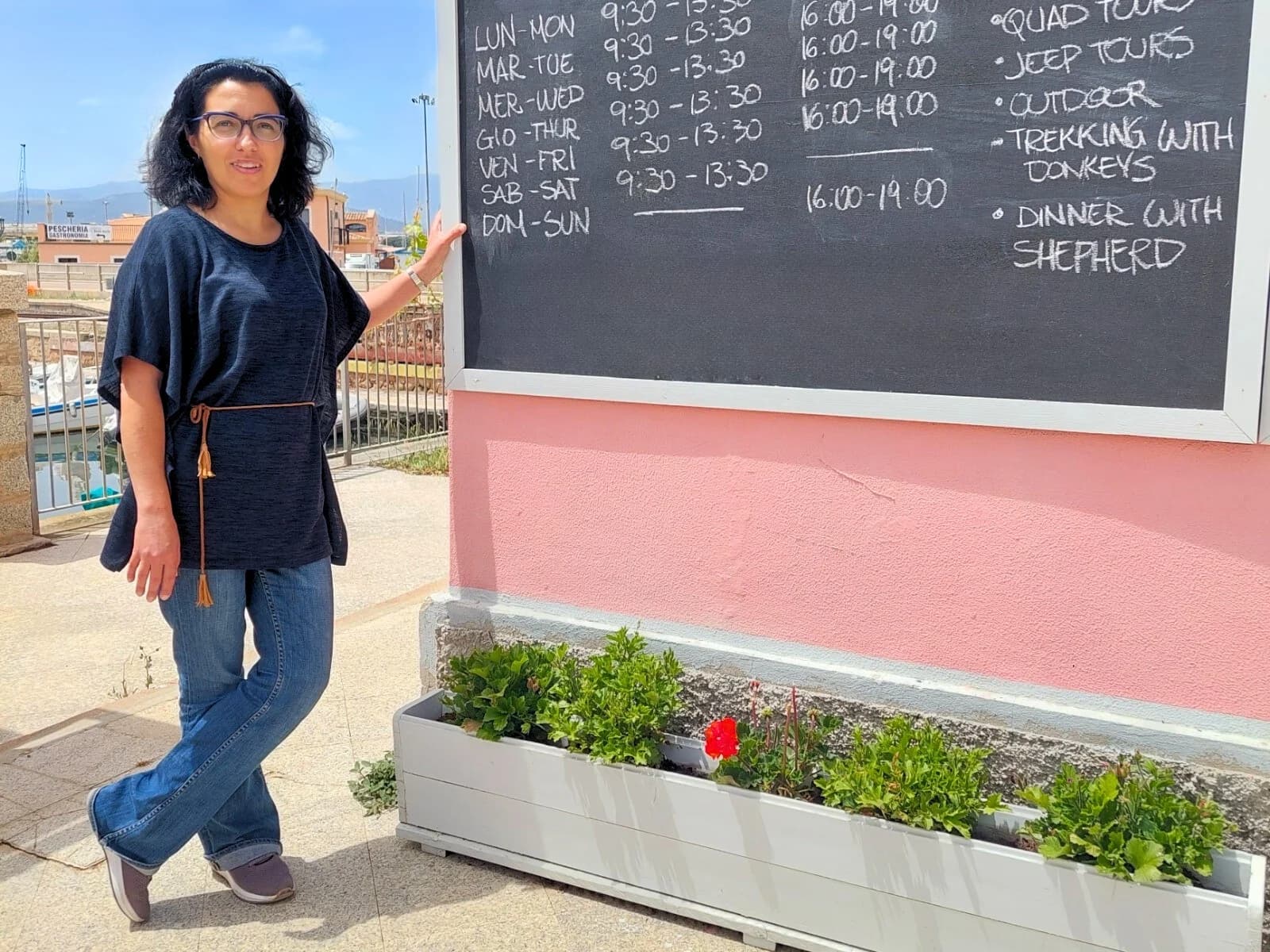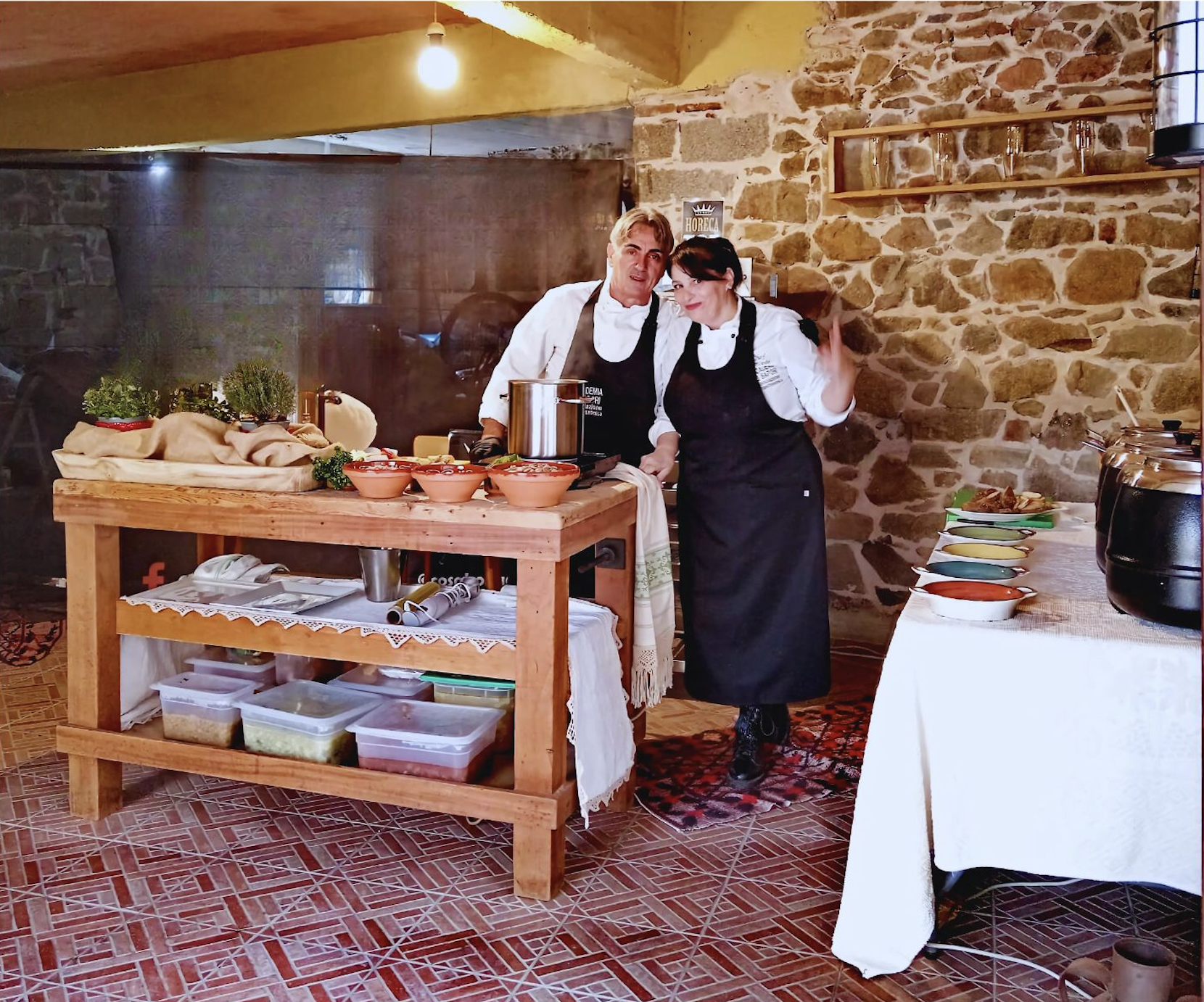Cala Luna
In the Supramonte between Baunei and Urzulei, there is a canyon that winds through mountains, limestone and woods, vertical walls and grottos, created by the patient work of water over millions of years.It is the Codula Elune, which after 20 km faces the sea where the thin, white beach is created beyond the pond fed by the river: Cala Luna.The rocks of the gorge have witnessed the work of shepherds and charcoal burners who also animated these places. The mule track, which can still be travelled, allowed coal sacks to reach the gorge, and crosses its path with the beautiful sheepfolds and closures necessary for pastoral life in an impervious but fascinating area.Whether one reaches it by sea or by land, Cala Luna immediately appears as a unique place: its characteristic crescent shape, from which its name perhaps originates, and, to the north, a series of grottos overlooking the sea, one of which has become the symbol of the cove.The fine, golden sand plunges into the clear sea whose seabed, shallow in the first few metres, soon becomes deep and is home to a variety of fish.Torrential winter rains often swell the river flowing along the cove to the point of greatly altering the beach, sometimes causing it to disappear completely, but, thanks to the hormones that nature sets in motion, the waves of the sea storms bring the beach back to its splendour.

